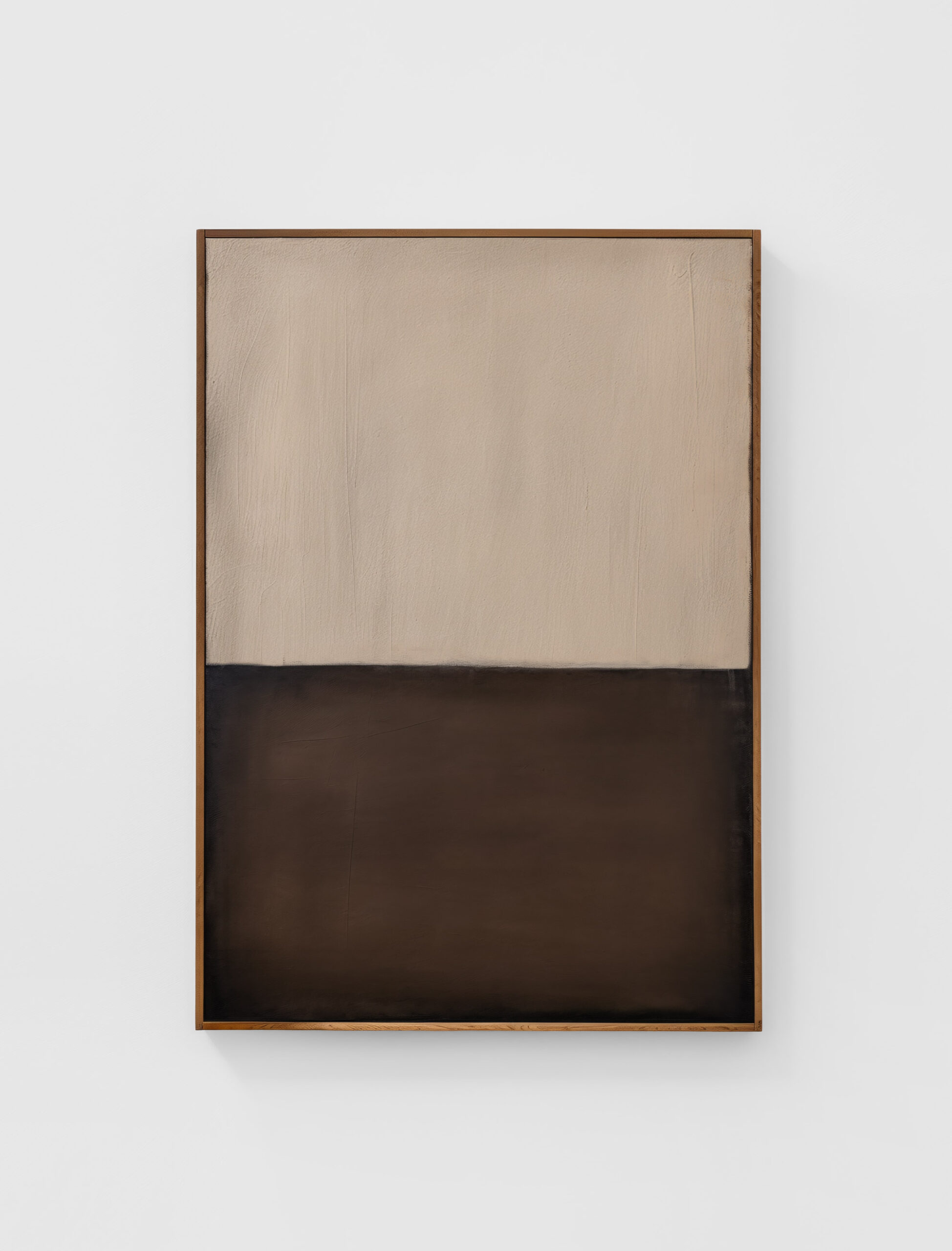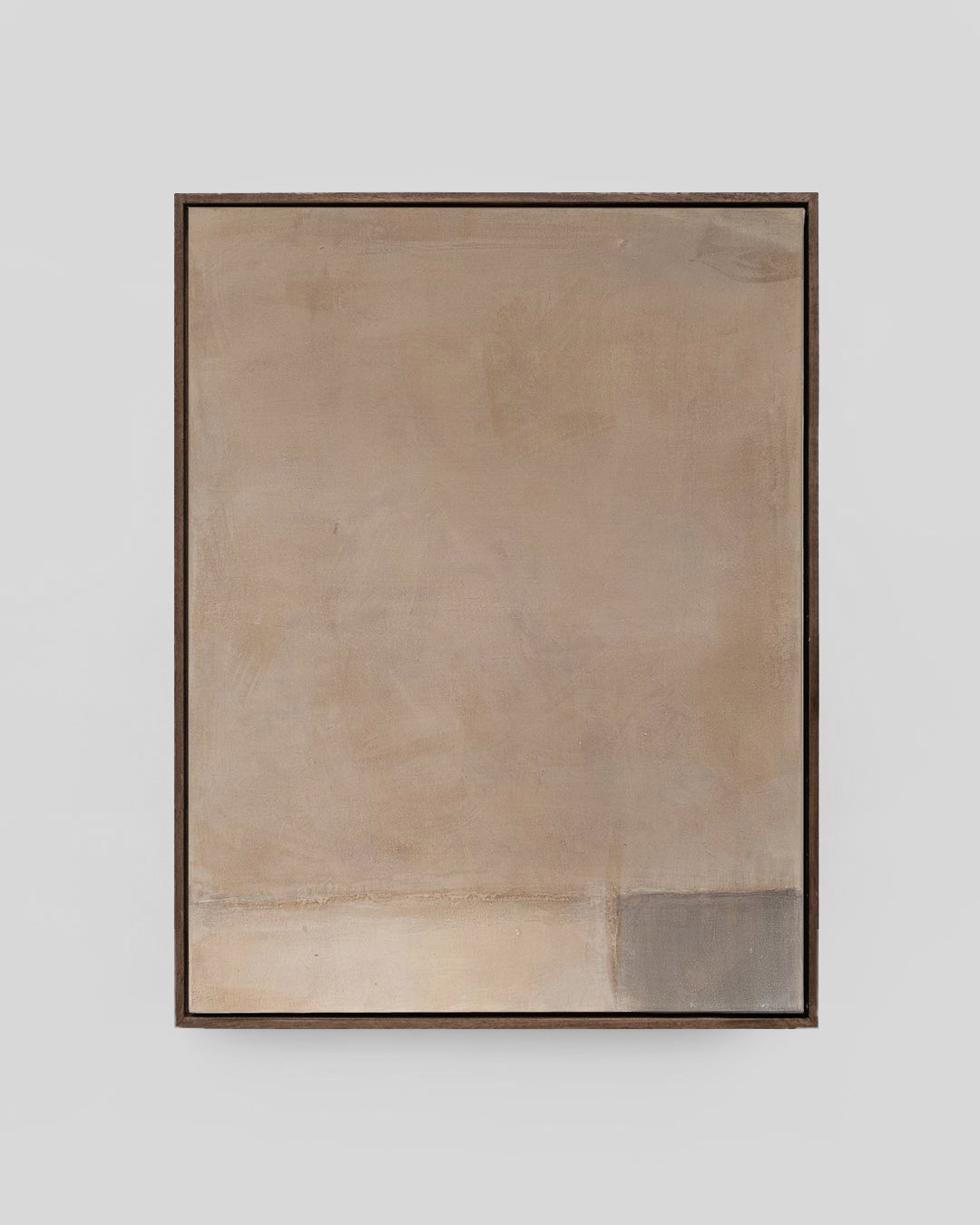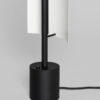When we visit a museum or gallery, it is natural for us to move around the art. We change our perspective, move closer. But how does this affect our experience of the art we’re looking at? A recent study by the University of Vienna investigated this question and made some surprising discoveries.
In this paper, the research team, led by Corinna Kühnapfel and Matthew Pelowski, wanted to find out whether the physical distance and movement around a work of art changes our experience and perception of it. The work selected for this study was a reproduction of Franz Marc’s “Fighting Forms” – an abstract painting from 1914. The research team was the first to objectively measure how visitors position and move in front of the work. They found that the movements could be divided into different groups, each of which was associated with different art experiences.
Using state-of-the-art technology, including mobile eye-tracking glasses and a novel motion capture device, the researchers tracked and then analyzed the participants’ movements. In addition, they also asked the participants to give their own assessment of their art experience.
…little attention has been paid to the actual ways viewers move in front of art and how this impacts experiences. We aim to close this gap…


The results showed that participants who changed their positions more often felt a more profound, insightful experience of art. It seemed that they gained a deeper understanding and appreciation for the artwork through their interaction with it. This finding is consistent with what is known as “embodiment theory,” which holds that we attach more meaning to things we physically approach.
In contrast, people who stood farther away found the experience less stimulating. Participants who moved less during viewing subsequently reported more intense feelings. Thus, a passive state may evoke certain emotions or favor certain types of perception. The researchers explain this by the fact that reduced physical movement makes more mental resources available for processing the experience.
The study thus shows that the way we view works of art can have a significant influence not only on our aesthetic experience but also on our emotional experience.
In the future, the researchers plan to extend the study to other artworks, including non-abstract ones, to extend their findings. And while this study is only a first step, it opens new avenues for understanding the role of bodily engagement and experience in viewing artworks.
In any case, the study inspires us to be more mindful of how we approach a work of art the next time we visit a gallery – who knows what new insights and emotions might be opened up to us?
Further reading
https://journals.sagepub.com/doi/10.1177/02762374231160000
Original Publication
Corinna Kühnapfel, Joerg Fingerhut, Hanna Brinkmann, Victoria Ganster, Takumi Tanaka, Eva Specker, Jan Mikuni, Florian Güldenpfennig, Andreas Gartus, Raphael Rosenberg and Matthew Pelowski, Department of Cognition, Emotion, and Methods in Psychology, Faculty of Psychology, University of Vienna, Vienna, Austria. Wächtergasse 1/301, 1010 Vienna, Austria. https://doi.org/10.1177/02762374231160000
Contact:


